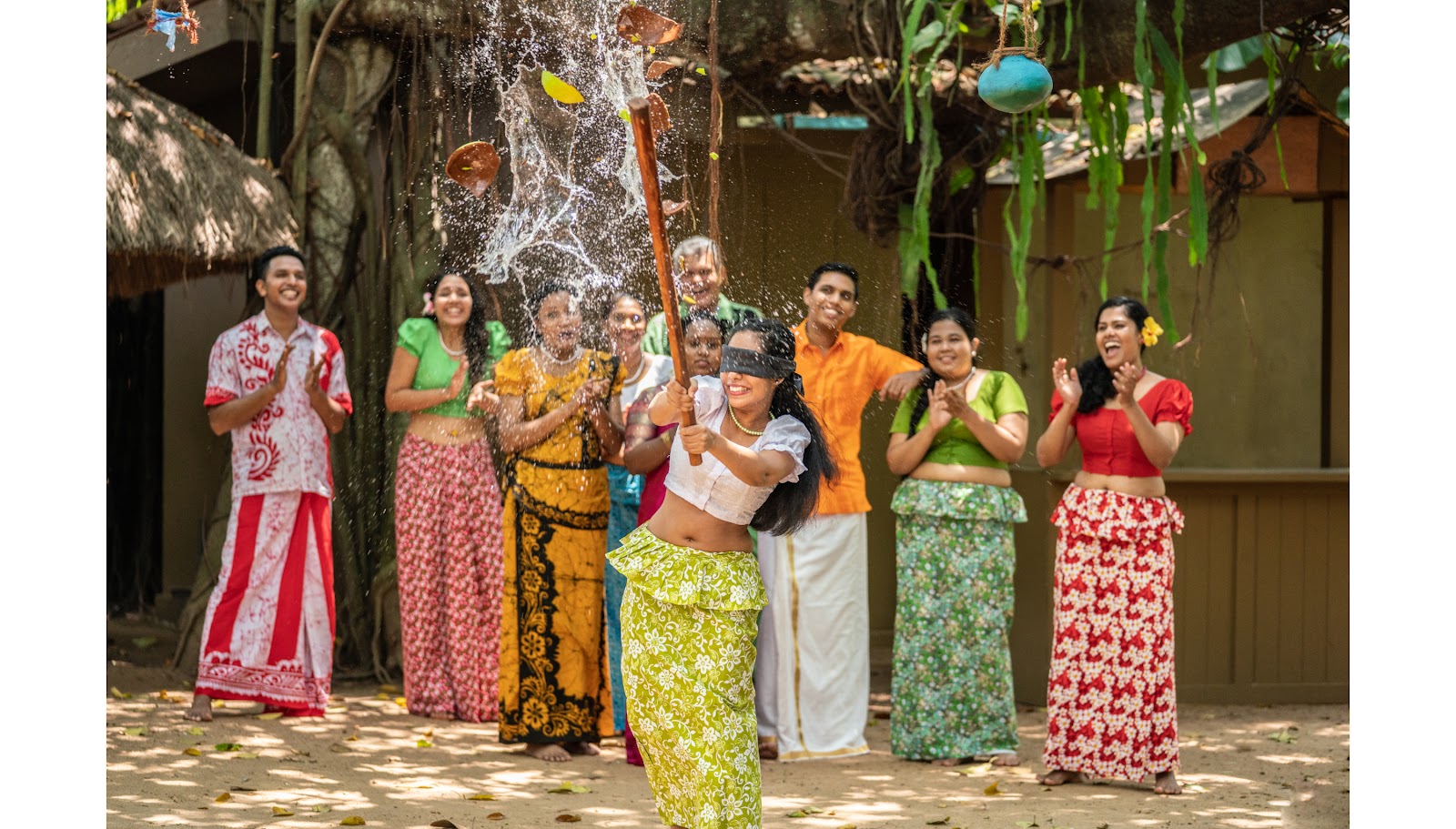Celebrating the Sinhala Hindu New Year: Customs, Rituals, and Traditions in Sri Lanka.
Celebrating the Sinhala Hindu New Year: Customs, Rituals, and Traditions in Sri Lanka.
The Sinhala Hindu New Year, also known as Aluth Avurudda, is a traditional festival celebrated by the Sinhalese and Tamil communities in Sri Lanka. It is one of the most significant cultural events in the country, marking the beginning of the Sinhala and Tamil New Year.
The festival usually falls on the 13th or 14th of April, which is determined by the astrological calculations. It is a time for families to come together, exchange gifts, and celebrate with traditional rituals and customs.
One of the essential aspects of the Sinhala Hindu New Year is the cleaning and decorating of homes. Before the festival, homes are thoroughly cleaned, and new clothes are worn. The traditional decoration known as the "Kolam" is also drawn on the floor using rice flour, which is considered to be a symbol of prosperity.
The celebration begins with the lighting of the hearth, or "Agni," at a specific auspicious time, which is determined by the astrological calculations. This ritual is believed to bring good fortune and prosperity to the household. The hearth is also used for cooking the traditional sweetmeats and other special dishes for the occasion.
Another significant aspect of the Sinhala Hindu New Year is the exchange of gifts and traditional sweets. The exchange of gifts is a symbol of goodwill, and it is customary for elders to give presents to the younger generation. Traditional sweets, such as "Kavum," "Mung Kavum," and "Kokis," are prepared in advance and shared among family and friends.
The festival is also marked by several traditional games and activities, such as the "Avurudu Kumari," where young girls dress up in traditional attire and compete for the title of "Avurudu Kumari" or "New Year Princess." Another popular game is the "Kotta Pora," where young men engage in a game of "pillow fighting" while balancing on a beam.
The Sinhala Hindu New Year is also a time for religious observances and rituals. Hindus visit the temple to offer prayers and seek blessings from the gods. Buddhists also visit temples and perform religious rituals to usher in the New Year.
In conclusion, the Sinhala Hindu New Year is a time for celebration, reflection, and renewal. It is a time for families to come together, exchange gifts, and participate in traditional rituals and customs. The festival is a testament to the rich cultural heritage of Sri Lanka and its diverse communities.






Post a Comment